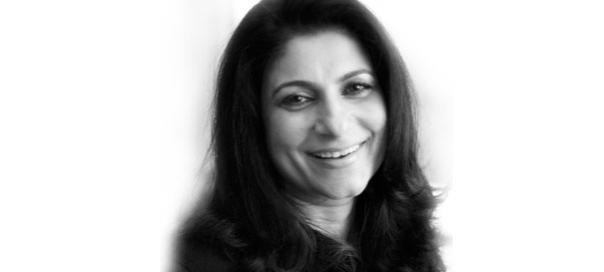Mala Sekhri, COO of the Lifestyle and Music division of India Today group, talks about the 15-year journey of Cosmopolitan, the evolving lifestyle genre and the group’s future plans, including the launch of ‘Women’s Health’ magazine in April
Content related to fashion, health and beauty is easily accessible in today’s high-technology era. Anyone can find beauty tips and lifestyle trends online. But for a magazine to stand out in the market, the content needs to go beyond commentary and suggestions to touch the right chord with its Target Group. Interestingly, writings on beauty and health issues of women are becoming sharper and clearer, and are gradually carrying more gender-neutral messages. So, is the TG of lifestyle content defined, and if yes, then are lifestyle magazines precisely attracting their TG? Cosmopolitan magazine is an interesting case in point. “Let me put it straight to you - all women’s magazines are read by men too. Anyone who tells you that men don’t read my magazines is lying. Men want to read what women think. It may be secondary readership, but it is a worldwide fact,” says Mala Sekhri, COO of Lifestyle and Music Division of the India Today Group of publications. Men are secondary readers of Cosmopolitan, an India Today publication targeted at young, urban women, which has been around for 15 years in India. Cosmopolitan, like many other publications of the India Today group, has grown steadily in size over the years. Travel Plus, Good Housekeeping, Design Today, Prevention and Harper’s Bazaar are the key publications apart from the mainstream news magazines of the group that enjoy a decent share of readership in their respective genres.
While it takes more than consistency and vision to increase the base of niche publications in a diverse market like India, what has been unique about these publications is the focus of content. Content of these publications does not revolve on periphery; it is always at the center. Therefore, though men pick up fashion and lifestyle magazines meant for women, the focus of the content of these publications is strictly around the defined TG. Explaining the readership profile of one the group’s oldest magazines, Cosmopolitan, Sekhri elaborates, “Sometimes people say that the content is repetitive, but I disagree. Readers want to be constantly reassured. Constant reassurance through content is not repetition. Though it’s always issue-based, content remains the king.” What has also changed the positioning of these magazines is the modification of content planning with dramatically changing lifestyles and living standards of readers, post-globalization. The focus of content has changed from a wide range of readers, to definite, niche groups. About 15 years ago, 20 to 40-year-old women constituted a homogeneous target group for women’s magazines. Today, most of these publications cater to younger women. But these changes took place steadily and so the focus sharpened. “The 20 to 25-year-old phase is the most crucial one in a woman’s life. Even the most beautiful woman is unsure and insecure in this phase. We address issues that bother them most -- career, relationships, health, fashion and sex. We cater to a mindset. A mindset which wants to earn, which is ambitious, curious and new to the world,” adds Sekhri.
ABOUT BODY, NOT BEAUTY ALONE
India Today was one of the first media groups to enter the health segment by launching a health-centered magazine - Prevention, about five years back. Unlike many publications, the group has not defined its TG in abstract. One of the most important segments for the company is health. Sekhri believes that each segment in health, beauty and lifestyle has different audiences. The plan ahead is to cater to each sub-group. The success of two of its publications -- Good Housekeeping and Prevention -- reassured the faith less than five years ago that the genre is slated to grow beyond its current space. The group will launch a health magazine -- Women’s Health -- in April this year, focused specially on young women. The launch indicates the transformation of the group’s idea from ‘one magazine-all ideas’ to ‘one magazine- one idea’. Sekhri believes that health is a segment with high potential and plans to target 50,000 readers in the first year of its launch. “Health is a primary concern today. Everyone wants to become healthier. People want be fit, not just look good with make-up. It is about the body, not just about beauty. It shows how the content business in this genre will grow,” she says.
ADVERTISERS AND MONETIZATION
Contrary to the sharp focus on content and TG, fashion and lifestyle magazines are increasingly attracting a significant number of advertisers across sectors. What is interesting to observe is that until a few years back, advertisers of only fashion, lifestyle, apparel and FMCG sectors advertised heavily in lifestyle publications. A change came in less than five years when advertisers of automobile, telecom and financial services started advertising considerably in this space. Buying decisions have become more democratic. “It is about who takes the decision on buying. Women are strong influencers today, and that makes this segment important. For instance, a woman will not be happy if a car is bought in her family without her consultation,” asserts Sekhri. The group is also focusing strongly on promotions and events to reach out to the audiences through dialogues and practical experiences. “Events are very important because a woman likes to experience the brand on ground. Going forward, we are looking at a lot of interactive activities in association with some big brands,” she informs.
























